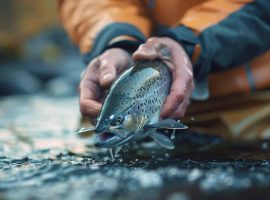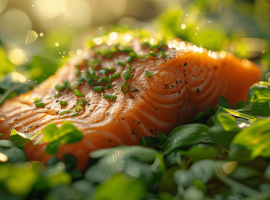Selenium’s Role in Human Health
Selenium, an essential trace mineral, plays a pivotal role in various bodily functions. It is a constituent of selenoproteins, which are vital for antioxidant defence, thyroid hormone metabolism, and redox signalling. Selenium’s contribution to antioxidant activities cannot be overstated; it is integral to the function of glutathione peroxidases and thioredoxin reductases, enzymes that protect cells from oxidative damage.
Essential Functions of Selenium
Selenium’s importance in human nutrition is multifaceted. It supports immune system function, is crucial for the maintenance of a healthy metabolism, and aids in DNA synthesis. The mineral’s antioxidant properties help neutralise free radicals, thereby reducing the risk of cell damage and inflammation.
Selenium and Disease Prevention
The link between selenium intake and disease prevention is well-documented. Adequate selenium levels are associated with a reduced risk of certain cancers, heart disease, and thyroid disorders. It bolsters the immune system’s ability to fight off infections and supports overall well-being.
Critical Nature of Selenium for Health
Selenium’s critical role in maintaining health is underscored by its involvement in reproductive health, cognitive function, and its potential to slow down age-related mental decline. Ensuring sufficient selenium intake is, therefore, paramount for long-term health and vitality.
Identifying Selenium-Rich Fish Varieties
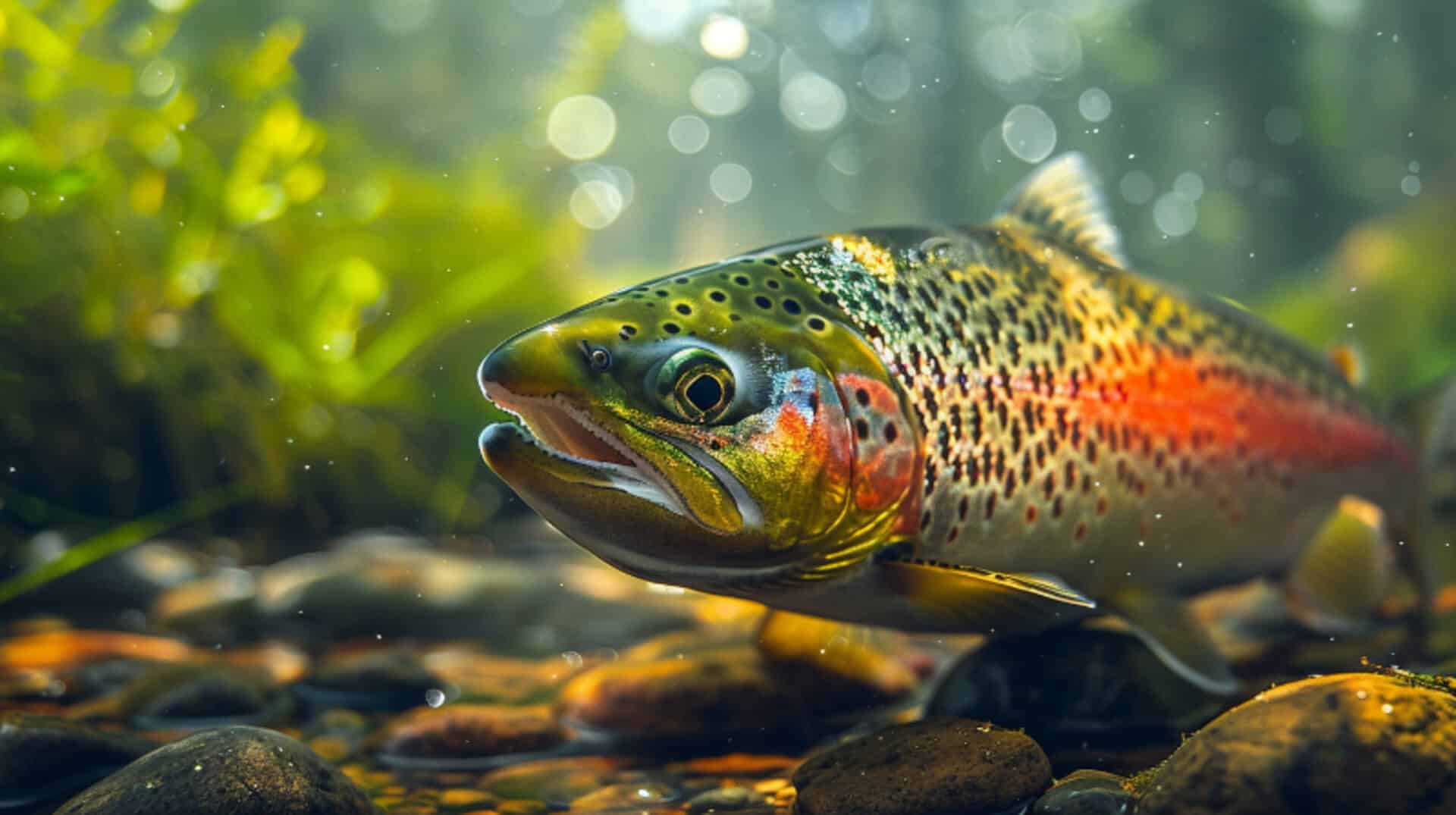
When seeking seafood rich in selenium, certain fish stand out for their substantial content of this essential mineral. Tuna, sardines, and salmon are commonly recognised for their high selenium levels, offering a readily available choice for consumers. Predatory fish such as Alfonsino are also notable for their selenium content, which is often higher due to their position in the food chain, consuming smaller fish that accumulate selenium.
Factors Influencing Selenium Content
The selenium content in fish can vary based on several factors, including the species’ diet and the selenium concentration in their aquatic environment. Wild-caught fish typically have a more varied diet, which can lead to higher selenium levels compared to their farmed counterparts, whose feed is controlled and may not always include selenium-rich ingredients.
Wild vs. Farmed Fish Selenium Levels
A comparison between wild and farmed fish reveals that wild fish often have a more diverse and natural diet, potentially leading to greater selenium accumulation. However, this can also mean a higher exposure to mercury. Farmed fish, while having a more consistent and controlled selenium intake, may lack the same levels of this mineral due to the limitations of their diet in aquaculture settings.
Consumers should consider these factors when selecting fish to ensure they are optimising their selenium intake while also being mindful of the potential for mercury exposure.
Nutritional Profile of Selenium-Enriched Seafood

Complementary Nutrients in Selenium-Rich Fish
Selenium-rich fish are a powerhouse of nutrition, offering more than just selenium. These fish are abundant in omega-3 fatty acids, such as EPA and DHA, which are pivotal for heart and brain health and are not synthesised by the body. Alongside selenium, these nutrients work synergistically to enhance cardiovascular function and cognitive health.
Omega-3 Fatty Acids and Selenium Synergy
Omega-3 fatty acids elevate the health benefits of selenium by contributing to reduced inflammation and supporting neurological function. This combination is particularly beneficial as both selenium and omega-3s are crucial for maintaining cell membrane integrity and fluidity, which is vital for proper cell function.
The Role of Selenoneine
Selenoneine, a unique selenium compound found in fish, plays a significant role as a potent antioxidant. It is instrumental in protecting cells from oxidative damage, thereby supporting the body’s immune system and overall well-being.
Balanced Diet Contributions
Incorporating selenium-rich fish into your diet contributes to a balanced nutritional profile. These fish provide high-quality protein, essential vitamins like D and B2, and minerals, which together support a range of bodily functions and promote overall health.
Balancing Selenium and Mercury in Seafood Consumption

Mitigating Mercury with Selenium
Selenium’s role in counteracting mercury toxicity in fish is a critical consideration for seafood consumers. The presence of selenium in fish is not just beneficial for health; it also binds to mercury, reducing its bioavailability and toxicity. This interaction is vital for mitigating the potential negative effects of mercury that can accumulate in seafood.
Understanding the Se-to-Hg Molar Ratio
The Se-to-Hg molar ratio is a significant indicator of seafood safety. A higher ratio suggests that selenium content in the fish is sufficient to counterbalance the mercury levels, making the fish safer for consumption. Consumers should look for fish with a favourable Se-to-Hg ratio to minimise mercury exposure while reaping the benefits of selenium.
Making Informed Seafood Choices
To make informed choices about fish with lower mercury levels, consumers are advised to refer to guidelines provided by health authorities. These guidelines often list fish species that are typically lower in mercury and higher in selenium, such as sardines, salmon, and trout.
Guidelines for Safe Selenium-Rich Fish Consumption
For safe consumption of selenium-rich fish, it is recommended to diversify seafood choices and limit the intake of species known for high mercury levels, such as shark and swordfish. Regularly consuming a variety of selenium-rich fish can help maintain a balanced intake of this essential nutrient while minimising mercury exposure.
Maximising Selenium Retention Through Cooking Methods

Preserving Selenium During Cooking
To preserve the selenium content in fish, certain cooking methods are more effective than others. Grilling, baking, and steaming are preferred techniques that maintain high levels of selenium. These methods limit the loss of nutrients compared to frying or deep-frying, which can reduce selenium content due to the high temperatures and oil interaction.
Impact of Preparation on Selenium Bioavailability
The preparation of fish can influence the bioavailability of selenium. Consuming fish with the skin on can enhance selenium intake, as the skin contains additional nutrients. It’s also advisable to avoid discarding parts of the fish where selenium may be concentrated, such as the liver.
Selenium-Friendly Seafood Recipes
Incorporating selenium-rich fish into your diet can be both delicious and nutritious. Recipes such as baked salmon with a side of steamed vegetables or grilled tuna steaks can be excellent ways to enjoy the health benefits of selenium without compromising on taste.
Ensuring Selenium Retention at Home
When cooking fish at home, it’s important to use gentle cooking methods and minimal processing to ensure selenium retention. Avoid overcooking, which can lead to nutrient loss, and consider marinating fish in lemon or garlic to enhance flavour without diminishing selenium levels.
Regional Variability of Selenium in Fish

Environmental Influence on Selenium Content
The selenium content in fish is not uniform across the globe; it varies significantly depending on regional environmental factors. Aquatic ecosystems with higher selenium concentrations in the water tend to yield fish with elevated selenium levels. Factors such as soil composition, industrial activities, and agricultural runoff can all influence the selenium levels in a given body of water.
Japan’s High Selenium Intake
Japan is renowned for its high seafood consumption, which contributes to the population’s substantial selenium intake. The surrounding waters, rich in selenium, provide an abundant supply of selenium-laden fish, making seafood a primary dietary source of this essential nutrient for the Japanese people.
Global Water Selenium Levels
Water selenium levels differ around the world due to natural and anthropogenic factors. Regions with volcanic soil, for example, often have higher natural selenium levels, which can lead to greater concentrations in local fish populations. Conversely, areas with low selenium in the soil may produce fish with correspondingly lower selenium content, necessitating attention to dietary supplementation or alternative food sources to meet nutritional requirements.
Recommended Selenium Intake and Dietary Sources

Current Selenium Intake Recommendations
Health organisations globally recommend varying selenium intake based on age, gender, and life stage. For adults, the recommended dietary allowance (RDA) typically ranges from 55 to 70 micrograms per day. Pregnant and breastfeeding women may require higher amounts to support foetal and infant development.
Role of Fish in Meeting Selenium Guidelines
Fish consumption is a potent way to meet these selenium intake guidelines. Species such as tuna, sardines, and salmon are particularly rich in selenium. Including these in your diet several times a week can help fulfil the RDA for selenium, while also providing other essential nutrients like omega-3 fatty acids.
Alternative Selenium Sources
For those who prefer not to consume fish or are looking for variety, other dietary sources of selenium include Brazil nuts, which are among the richest sources, as well as grains, eggs, chicken, liver, and garlic. A balanced diet incorporating these foods can support adequate selenium intake.
Tailoring Diet for Selenium Needs
To tailor your diet to meet selenium needs, consider your individual nutritional requirements and consult with a healthcare provider. They can provide guidance based on your health status, dietary preferences, and any existing conditions that may affect nutrient absorption. Regular consumption of a variety of selenium-rich foods can help maintain optimal health and prevent deficiency.
Selenium’s Role in Antioxidant Defence Mechanisms
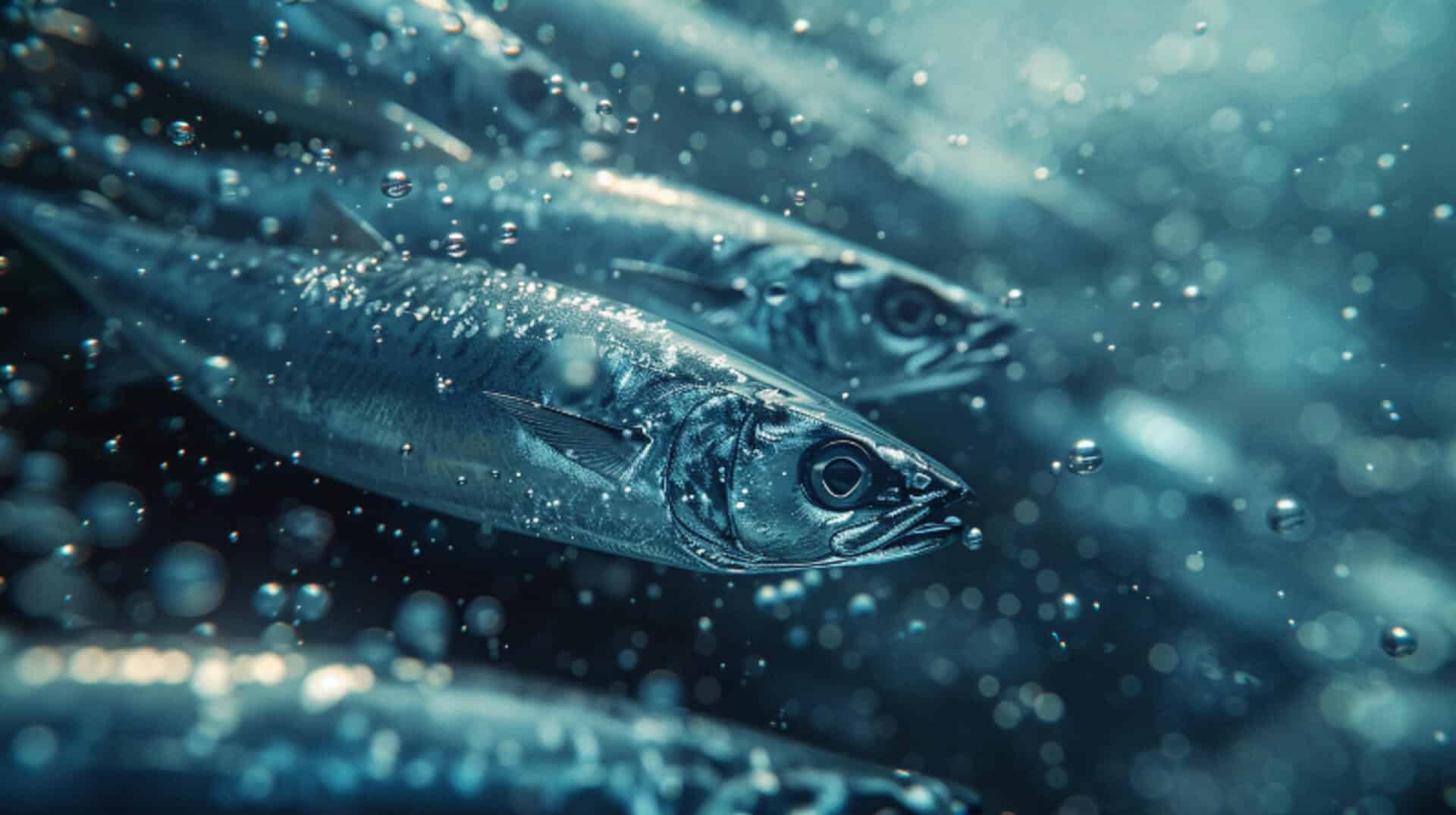
Selenium is integral to the body’s antioxidant defence system, primarily through its incorporation into selenoproteins. These proteins are essential for the enzymatic processes that protect cells from oxidative stress, which can damage cell components and contribute to various chronic diseases.
The Protective Function of Selenoproteins
Selenoproteins, which include glutathione peroxidases and thioredoxin reductases, perform vital roles in reducing and repairing oxidative damage within the body. They act by converting harmful peroxides into harmless molecules, thus preventing cellular damage.
Selenium’s Antioxidant Capacity
The antioxidant capacity of selenium is crucial for long-term health. It supports the immune system, helps maintain heart health, and plays a role in preventing cancer by reducing the damage caused by free radicals.
Selenocysteine: A Vital Component
Selenocysteine, often referred to as the 21st amino acid, is a unique component of selenoproteins. It is directly responsible for the biological activity of these proteins. The presence of selenocysteine in enzymes is what allows them to catalyse reactions that protect the body from oxidative damage, highlighting its significance in human biology.
Addressing Selenium Deficiency and Overconsumption Risks

Health Risks of Selenium Deficiency
Selenium deficiency can lead to serious health issues, including Keshan diseasea potentially fatal form of cardiomyopathyand Kashin-Beck disease, which affects the bones and joints. Insufficient selenium levels may also impair thyroid function and weaken the immune system, making you more susceptible to illness.
Avoiding Selenium Overconsumption
To prevent overconsumption of selenium, which can cause selenosis, characterised by symptoms such as gastrointestinal distress, hair loss, and neurological abnormalities, it is crucial to adhere to the recommended dietary allowances. For most adults, this means not exceeding an intake of 400 micrograms per day.
Populations at Risk for Selenium Imbalance
Individuals living in regions with low soil selenium levels or those with restricted diets may be at greater risk for selenium deficiency. Conversely, those who consume large amounts of selenium-rich foods or supplements may be at risk for overconsumption.
Monitoring and Adjusting Selenium Intake
Regular monitoring of dietary intake and, if necessary, blood tests can help ensure appropriate selenium levels. Adjusting your diet to include a variety of selenium sources, such as seafood, nuts, and whole grains, can help maintain a healthy balance. Consultation with healthcare professionals can provide personalised advice for managing selenium intake.
Sustainable Practices in Selenium-Rich Fish Harvesting

Sustainable fish consumption is not only beneficial for the environment but also ensures the continued availability of selenium-rich seafood. Overfishing can deplete fish populations, reducing the availability of key species that are high in selenium. By choosing sustainably sourced fish, you’re supporting fishing practices that maintain fish populations and ecosystem health.
Frozen Fish Direct’s Commitment to Sustainability
Frozen Fish Direct prioritises sustainability in its seafood offerings. The company sources from fisheries that adhere to strict environmental standards and employ practices that minimise overfishing and bycatch. This approach helps to maintain the balance of marine life and ensures a consistent supply of selenium-rich fish.
Benefits of Choosing Sustainable Seafood
Opting for sustainably sourced selenium-rich fish has multiple benefits. It supports the health of marine ecosystems and contributes to the livelihoods of communities that rely on fishing. Additionally, sustainable fishing practices often result in higher quality fish, as they are typically caught in their natural habitats and handled with care to preserve their nutritional value.
The Impact of Overfishing on Selenium Sources
Overfishing can lead to a decline in certain fish species, which in turn affects the availability of selenium-rich seafood. Sustainable fishing practices are essential to prevent the depletion of these valuable food sources, ensuring that future generations can continue to benefit from the nutritional properties of fish high in selenium.
Technological Advances in Measuring Selenium in Seafood

Accurate measurement of selenium concentration in fish is essential for ensuring the safety and nutritional value of seafood. Advanced techniques have been developed to determine the selenium levels in various fish species.
Hydride Generation Atomic Absorption Spectroscopy (HGAAS)
One of the primary methods used is hydride generation atomic absorption spectroscopy (HGAAS). This technique involves converting selenium into a hydride gas, which is then measured using an atomic absorption spectrometer. HGAAS is known for its sensitivity and precision, making it a reliable method for detecting even low levels of selenium in seafood.
Role of Fluorometric Assay in Selenium Detection
Fluorometric assays play a crucial role in detecting selenium in biological samples. This method uses the fluorescent properties of certain compounds that form when they react with selenium. The intensity of the fluorescence is proportional to the selenium concentration, providing a quantifiable measure of the mineral’s presence in fish samples.
Ensuring Quality of Selenium-Rich Fish Products
These technologies are indispensable for seafood suppliers and regulatory bodies to ensure the quality of selenium-rich fish products. By accurately measuring selenium levels, they can certify that the seafood meets health standards and provides the nutritional benefits expected by consumers. Regular testing using these methods also helps in monitoring and managing the impact of environmental factors on the selenium content in seafood populations.
Making Informed Choices on Selenium-Rich Fish
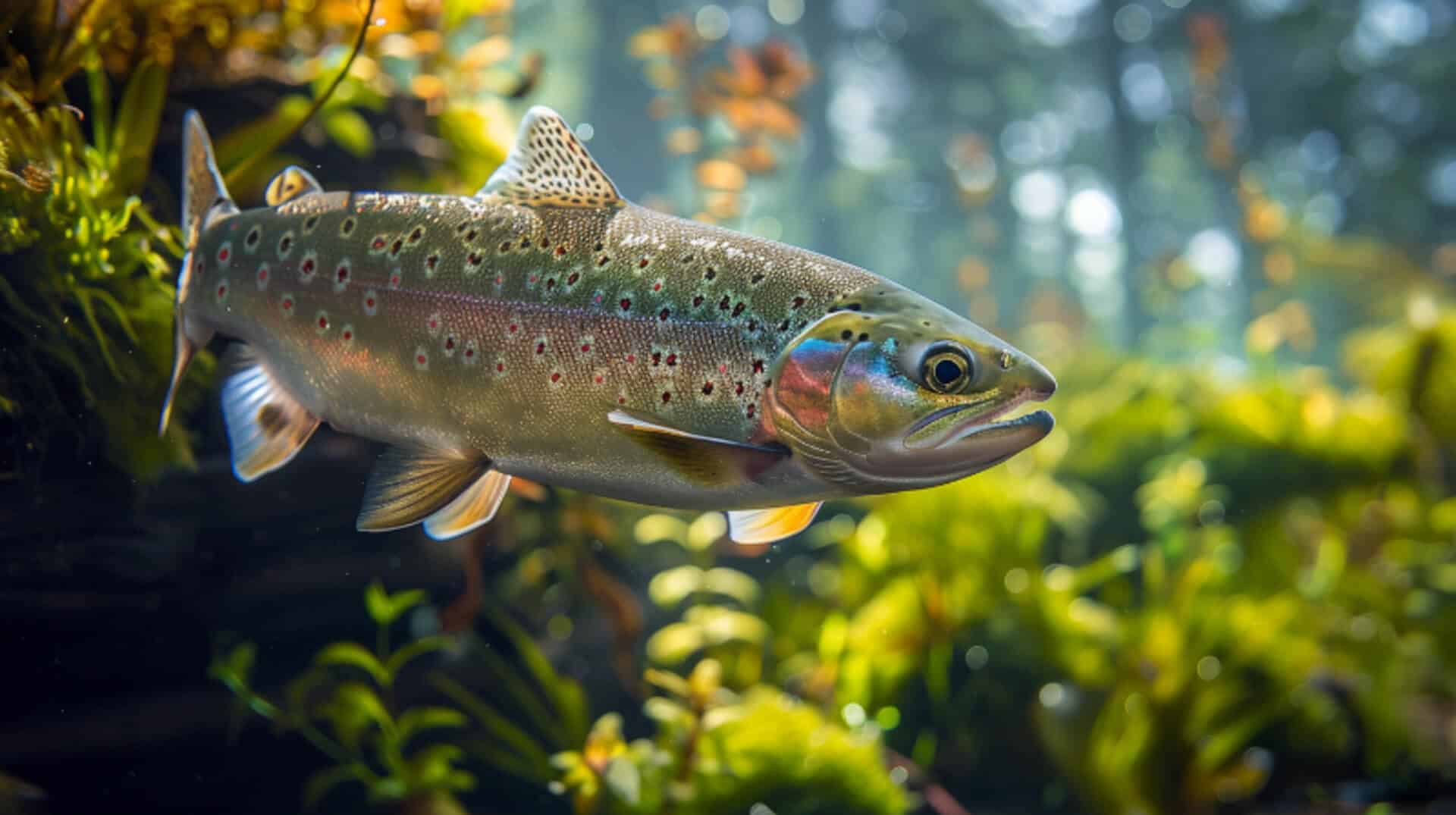
To make informed decisions about incorporating selenium-rich fish into your diet, it is essential to understand the selenium content of different fish species. Tuna, sardines, and salmon are known for their high selenium levels. When selecting seafood, consider the sourcewild-caught fish often contain more selenium due to their natural diet.
Key Takeaways for Optimising Selenium Intake
Optimising selenium intake through diet involves consuming a variety of selenium-rich fish, balancing intake to avoid potential mercury exposure, and being mindful of the recommended dietary allowances for selenium. Regular consumption of fish like tuna, sardines, and salmon can help meet these nutritional needs.
Access to High-Quality Selenium-Rich Seafood
Frozen Fish Direct provides access to a wide range of high-quality, selenium-rich seafood. The company ensures that all products meet stringent quality standards, offering you a reliable source of essential nutrients.
Responsible Inclusion of Selenium-Rich Fish in Meals
To responsibly include selenium-rich fish in your meals, vary your seafood choices, and be aware of the environmental impact of your selections. Opt for sustainably sourced seafood to support ecological balance and maintain the availability of these nutritious fish.



